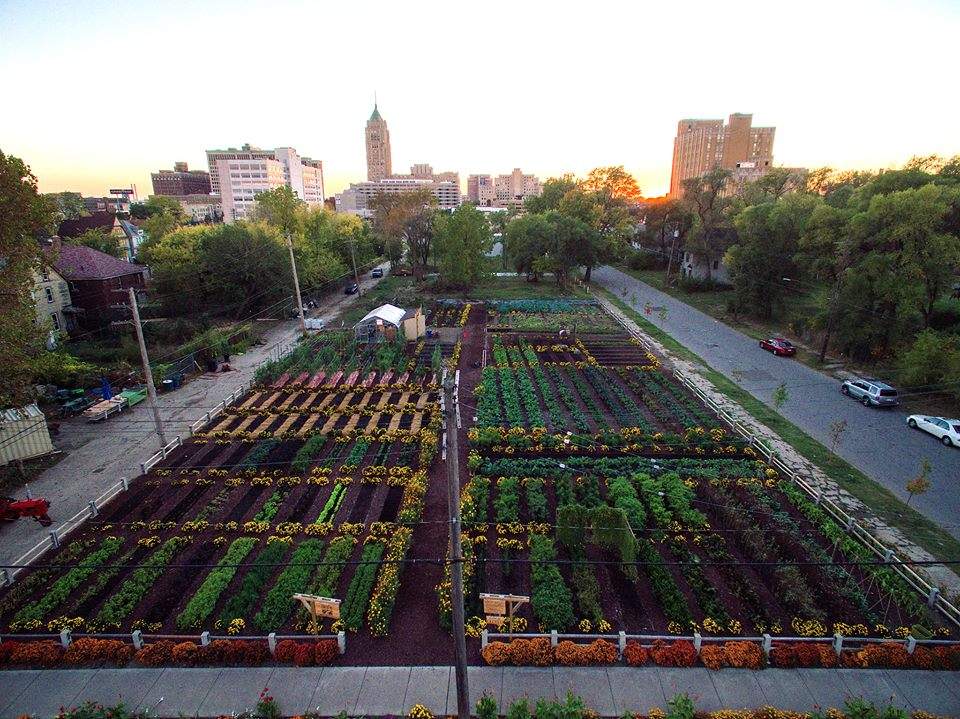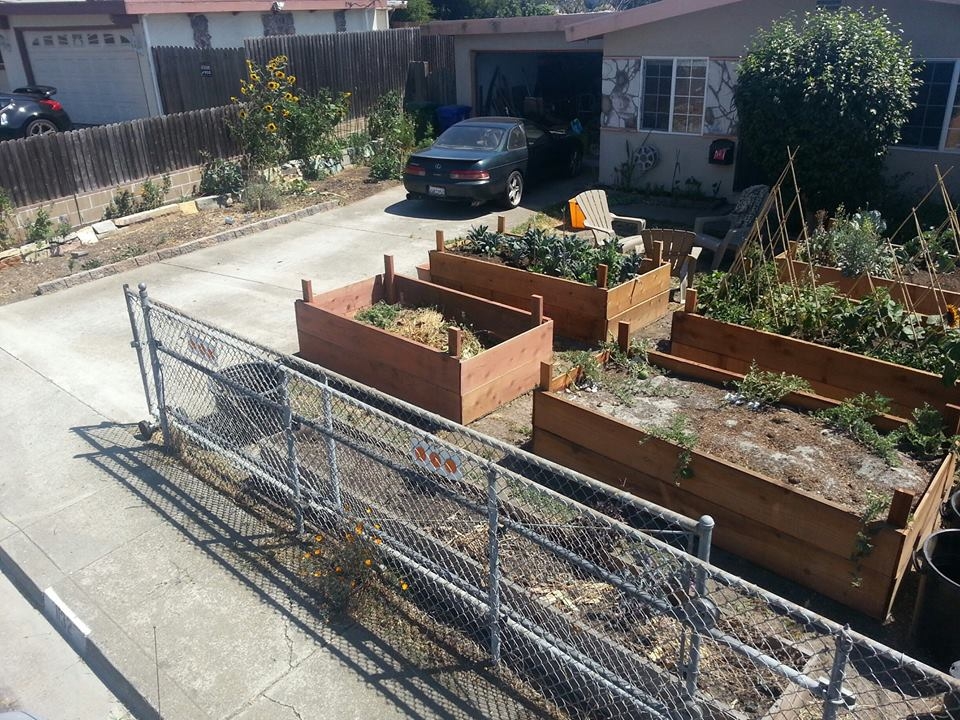Gardening: The Permaculture Crisis and Our Commitment

One of the modern buzzwords is food insecurity. The United States Department of Agriculture (USDA) defines food insecurity as: “a lack of consistent access to enough food for an active, healthy life.” There are numerous causes and effects that food insecurity can have on individual, families and communities.
During the height of the subprime crisis we decided to “grow food not lawns.” One of the many lost skills in our communities is permaculture or sustainable living principles. For example, you may recall a parent or grandparent who had a garden. If my 20-year-old self met my 40-year-old self and said: “Hey. You are going to be a permaculture and sustainable gardening practitioner.” I would have been on the floor in tears from laughter. I knew nothing about permaculture or sustainable gardening.
Despite all the deep fakes and fake news on the internet I found is some helpful information wanting to learn how to develop and permaculture environment. My first effort was to try to use the “double digging method” in our garden. This was an epic fail given the high amount of clay in our native soil. I moved to plan B which was to build raised beds. Each week we went to the lumber yard and purchased red lumber (untreated) so I could build four 4×8 foot beds both in the front and back yards.

Once these beds were built, I proceed to take our yard waste which would normally go in our green bin and use it as the base for the soil in our boxes like the “Hügelkultur permaculture garden technique.” Once the beds were built and filled with green waste and soil, we began to plant both flowers and foot stock that interested us.
Permaculture is a trial and error process where you can only account for your actions but not for mother nature and her complexities. Believe me, we failed at Kiwi, had limited success with watermelons, and learned a ton about tomatoes for our climate. We chose to learn was we go instead of wait to be perfect that meant understanding the growing climate, the microclimates in our own yard, as well as how much sun you get through the growing season in your area.
In going down this path, we started upon a great health and wellness lifestyle that addresses food insecurity at its core. You never know how empowering it is to grab a tomato, apple or pea right off a plant and feed yourself, family and or community. As we drive around our own community, here is too much potable space, including lawns, sidewalk yards and vacant lots for people and communities to suffer from food insecurity but everyone has to lean in and help one another.

The health and wellness benefits of growing your own food are numerous. These are ones we enjoy about doing it:
- Education. The acquisition and application of new knowledge must be good for your general brain connectivity and health.
- Exercise. The amount of work needed to cultivate food from soil to mature food stock can be laborious at certain times of the year. Consider it a part of your daily workout; plus the body was designed for movement.
- Mental Health. Eliminating and or reducing food insecurity along with the peace and serenity of permaculture is great for your general mental state.
- Environment. Eating locally reduces the carbon footprint especially related to transportation of food from around the global. Think less Greenhouse gases due to fossil fuels.

Comments are Closed